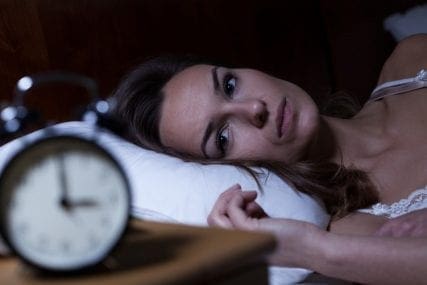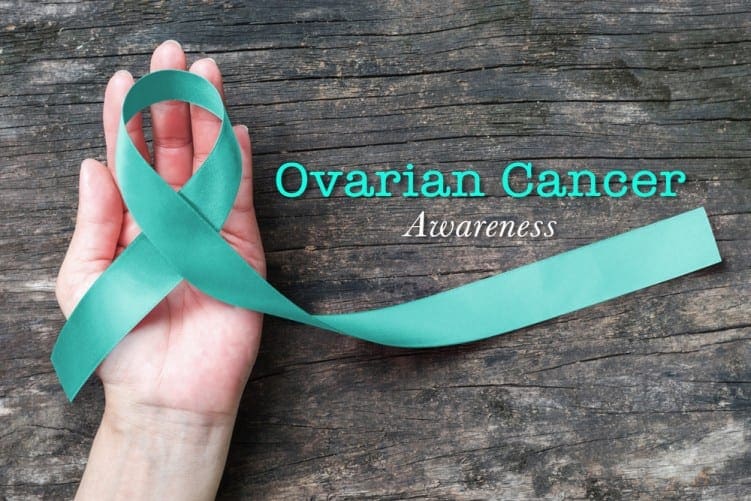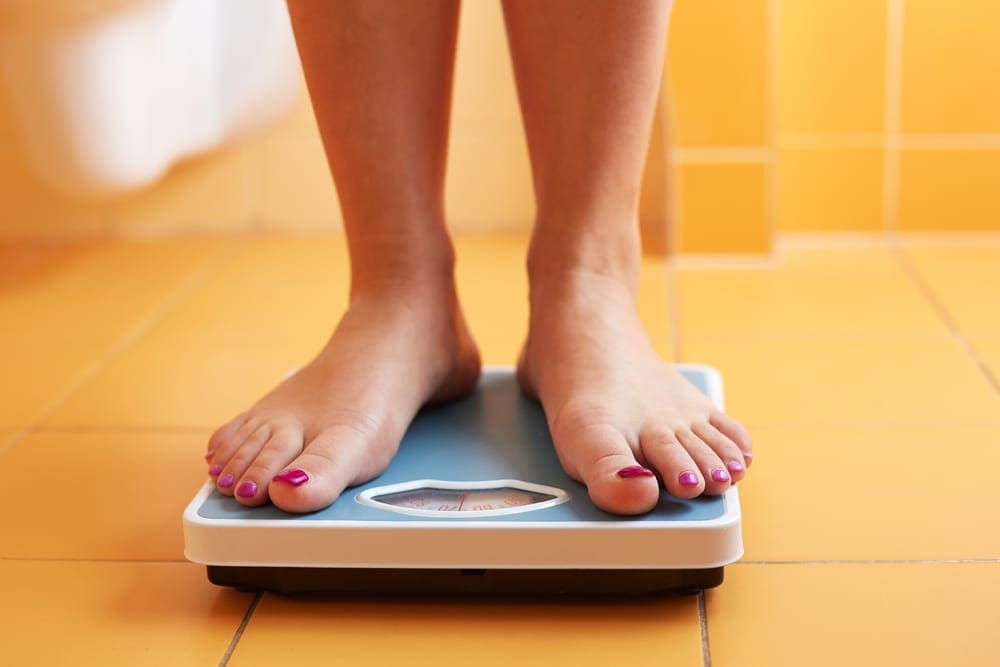The rise of eReader devices such as Kindles, iPads and other eReaders has been nothing short of meteoric. In the space of a few short years, the traditional paperback format has been unceremoniously ousted by technological reading devices, which enable the user to download literature from the internet at the click of a button.
According to results of a survey carried out by Pew Research Centre’s Internet & American Life Project, 1 in 5 people in the US had read an e-book. It also revealed that eReaders seemed to encourage more prolific reading, with owners of the devices reading, on average, 8 books more than people who didn’t have one.
Of all the eReader devices, Kindle remained the most popular, with a 62% market share.
EReader – Great for Bookworms, Damaging for Eyesight?
Whilst these eReaders undoubtedly seem to encourage reading and enable people to access literature easily without having to visit their local bookshop, experts have been questioning their safety, particularly in relation to eyesight.
It’s likely that you’ve heard the time-honoured advice that it’s not a good idea to try to read a book in the dark. It’s also accepted that sitting too close to the television can have a damaging effect on your eyes. However, Kindles and other eReaders require you to do both; pulling a bright screen close to your eyes to see the words, whilst also often sitting in the dark, late at night.
Just what effect are these devices having, and should we be more careful when using them?
Let’s first take a look at some of the features of eReaders and how they work……
Features of eReaders
The array of features of different ereaders generally fall into the following areas:
- usability
- pixels
- screen size
- battery life
- sharing support
- connectivity
- adjustable brightness
Your individual choice will depend on which of these factors you are most interested in. However, you should also take into consideration how different eReaders work as this has some bearing on how they affect our eyes.
How do eReaders work?
There are generally two main display technologies used by computer screens, smartphones, tablets and eReaders and these are:
- liquid crystal display (LCD)
- electronic ink (E-ink)
LCD displays or “emissive displays” work by emitting light through the display towards your eyes.
E-ink displays are referred to as “reflective displays”. In E-ink displays, no backlight is used. The LEDs (light emitting diodes) diffuse the light evenly across the front of the screen. The built in LED lights shine evenly onto the page rather than into your eyes as most smartphones and tablet screens do.
The E-ink display closely mimics the appearance of ink on printed paper and studies have shown that it can reduce the problem of eye strain.
Details of the Study
In a small study in 2013, the researchers looked into visual fatigue as a result of prolonged reading on three mediums. Participants in the study took part in prolonged reading sessions on LCD eReaders, E-ink eReaders and traditional paper books. Results suggested that reading the LCD eReader (Kindle Fire HD) triggers higher visual fatigue than the E-ink (Kindle Paperwhite) and paper books. Results concerning blinks per second showed no differences between the 3 mediums.
Research has shown that newer LCD screens now being used may cause fewer eye problems as a result of higher resolution and faster refresh times. These screens use pixels to display images and text. Pixels can be thought of as tiny pieces which come together to form the text or image. Our eyes have to work a little harder to bring these pieces together to form the image. Higher resolutions or number of pixels can go a long way to assist this process. Devices with a higher pixel density of 300ppi (pixels per inch) result in much sharper, finer text and clearer lines.
Other factors to consider……
If you enjoy the experience of reading traditional books, one of the main things you should consider is the quality of the light. Reading in poor light makes it difficult for the eyes to focus and can also lead to dry eyes. This is as a result of blinking less often than normal. Many studies suggest that the number of times we blink decreases during reading and even more so when reading on backlit screens. This reduction in blinking contributes to “dry eye” which is one of the most common symptoms of Computer Vision Syndrome (CVS).
EReaders get over this problem by using built in LED lights. These shine evenly onto the page rather than into your eyes as most smartphone and tablet screens do as previously mentioned. The brightness of the eReader screen can also be adjusted to adapt to the environmental conditions.
Eye problems to be aware of
Eye problems can arise from overuse whether it be on a screen or paper. Visual fatigue or eye strain can manifest itself in the form of:
- pain around the eyes
- fatigue
- blurred vision
- headaches
Try to incorporate the 20-20-20 rule if you spend long periods looking at screens. Every 20 minutes look at something 20 feet away for about 20 seconds.
According to Dr Travis Meredith, from the University of North Carolina, ‘sitting close to a television or computer screen, isn’t bad for our eyes. It’s a variety of other factors that can cause physical fatigue.’
Professor Alan Hedge, director of the Human Factors and Ergonomics Laboratory at Cornell University, claims that deteriorating eyesight is less to do with staring at a screen, and more to do with the way in which we stare at it. He emphasises that the strain of reading on an eReader is much the same as with conventional paperbacks, and that ‘it’s important to take a step back every 20 minutes and take a rest.
Another area of concern is the effect eReaders could have on our sleep.
Do eReaders affect sleep?
Blue light emitted by smartphones, tablets and LCD devices have been shown to disrupt sleep patterns. They do this by slowing or preventing the production of the sleep hormone melatonin. This in turn disrupts our body clocks. A study by Harvard Medical School found that people took longer to fall asleep, had less deep sleep and were more tired and less alert the next morning.
Professor Charles Czeisler who led the research said:
“The light emitted by most eReaders is shining directly into the eyes of the reader, whereas from a printed book or the original Kindle, the reader is only exposed to reflected light from the pages of the book.”
The findings of the 2014 study were published in the journal Proceedings of the National Academy of Sciences.
Therefore it would appear that E-ink eReaders which do not emit light, have the benefit of not disrupting your sleep patterns. If you have an older eReader you may consider limiting your use of it in the hours leading up to bedtime as sleep deprivation has been shown to affect your overall health.
What is the best eReader in 2020?
Having checked out some of the “Techies”, it would seem that one of the most popular and reasonably priced eReaders that fits the bill when all factors are considered, is the Kindle Paperwhite.
Of course, just how safe these eReaders are has yet to be categorically proven. However, at this stage, it seems that they offer no more threat to your eyesight than traditional books, and that it’s just a matter of remaining sensible whilst using one.
Regardless of which medium you choose to enjoy reading, remember to give your eyes a break every once in a while!
You may like to read one of our earlier articles on tips for maintaining good eye health by clicking on this link.
For a comprehensive guide to the cost of laser eye surgery and what it involves, click on the link to our new article.
If you would like to receive regular updates on health issues especially suitable for the over 50s, why not follow us on Facebook.
You may also like to sign up to our free newsletter, The Best of Friends by clicking on this link.











